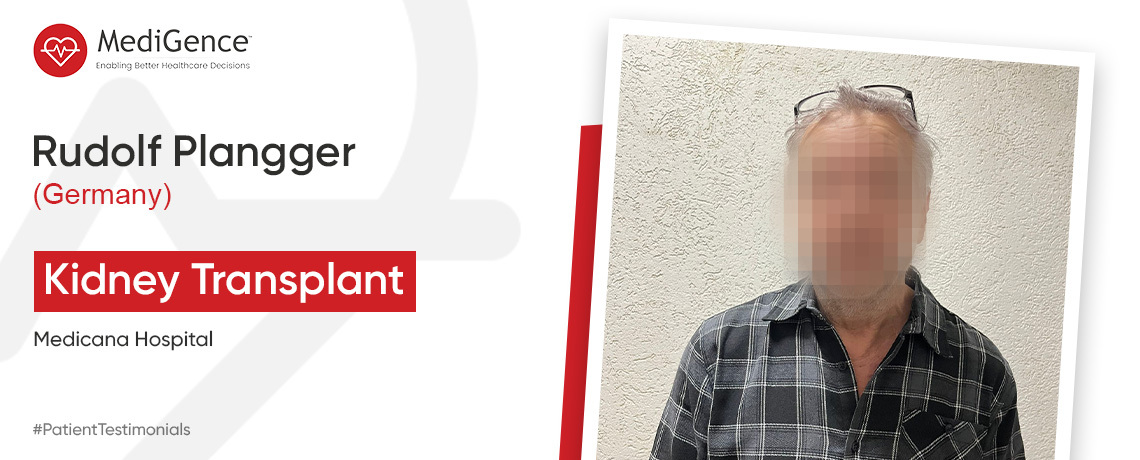Bleeding in the brain, also termed intracranial hemorrhage, is a critical condition where blood accumulates within the skull. It can result from various causes, including traumatic head injury, ruptured blood vessels due to conditions like aneurysms or arteriovenous malformations, or medical conditions such as hypertension or blood clotting disorders.
Symptoms of bleeding in the brain can vary depending on the location and severity of the bleeding but often include sudden and severe headache, nausea, vomiting, weakness, confusion, difficulty speaking, or loss of consciousness.
Treatment options may vary depending on the underlying cause and severity of the bleeding. Still, they may include medication to control blood pressure, surgical interventions to repair ruptured blood vessels or relieve pressure on the brain, and supportive care to manage symptoms and prevent complications.
understanding the risk factors of bleeding in the brain, symptoms, and treatment options is essential for early recognition and intervention, ultimately leading to improved patient outcomes and quality of life.
What are the Causes and Types of Brain Bleeding
Brain bleeding can occur due to various causes of trauma, such as head injury or shaken baby syndrome, as well as medical conditions like hypertension, aneurysms, arteriovenous malformations (AVMs), and bleeding disorders like hemophilia. Brain bleeding, also known as intracranial hemorrhage, can occur due to various causes, ranging from traumatic injuries to underlying medical conditions. Some common causes include:
- Traumatic Brain Injury (TBI): Severe head trauma resulting from accidents, falls, or physical assaults can cause blood vessels in the brain to rupture, leading to bleeding.
- Hypertension (High Blood Pressure): Chronic hypertension can weaken blood vessel walls over time, increasing the risk of rupture and bleeding within the brain.
- Cerebral Aneurysm: A cerebral aneurysm is a weak or bulging spot in an artery in the brain. If an aneurysm ruptures, it can cause bleeding into the surrounding brain tissue.
- Arteriovenous Malformation (AVM): AVM is an abnormal tangle of blood vessels in the brain that can rupture and cause bleeding.
- Ischemic Stroke: In some cases, an ischemic stroke (caused by a blood clot blocking an artery in the brain) can lead to bleeding when the affected blood vessel becomes damaged.
- Hemorrhagic Stroke: This type of stroke occurs when a blood vessel in the brain ruptures, causing bleeding (intracerebral hemorrhage).
- Blood Disorders: Conditions such as hemophilia or thrombocytopenia (low platelet count) can impair blood clotting, increasing the risk of spontaneous bleeding.
The term “brain bleed,” encompasses different types of bleeding within the skull, each indicating a specific location of the hemorrhage.
>>Bleeding Within the Skull but Outside Brain Tissue:
- Epidural Bleed: This type occurs between the skull bone and the outermost membrane layer, known as the dura mater.
- Subdural Bleed: Bleeding occurs between the dura mater and the arachnoid membrane.
- Subarachnoid Bleed: This type happens between the arachnoid membrane and the pia mater, the innermost membrane layer.
>>Bleeding Inside Brain Tissue:
- Intracerebral Hemorrhage: This type of bleeding occurs in the lobes, brainstem, and cerebellum of the brain, anywhere within the brain tissue itself.
- Intraventricular Hemorrhage: Bleeding occurs in the brain’s ventricles, specialized areas where the body produces cerebrospinal fluid, which protects the brain and spinal cord.
What are the Symptoms and Signs of Brain Bleeding
Symptoms of brain bleeding can manifest differently depending on the type and severity of the hemorrhage. They may include:
- Sudden onset of tingling, weakness, numbness, or paralysis, especially affecting one side of the body.
- Intense and abrupt headache
- Nausea accompanied by vomiting
- Confusion or disorientation
- Dizziness or vertigo
- Slurred speech or difficulty articulating words
- Fatigue and excessive drowsiness
- Difficulty swallowing
- Vision disturbances or sudden loss of vision
- Stiffness in the neck
- Heightened sensitivity to light
- Loss of balance or coordination
- Difficulty breathing and irregular heartbeat
- Seizures

Are you struggling to find what you are looking for?
Get Expert's Callback
Diagnostic Procedures for Detecting Brain Bleeding
Following are the procedures for detecting Brain Bleeding:
- Computed Tomography (CT) Scan: CT scans are the primary diagnostic method for detecting brain bleeding, utilizing X-rays to produce detailed brain cross-sections. With rapid imaging capabilities, they swiftly identify hemorrhage presence, size, and location, particularly in emergency settings.
- Magnetic Resonance Imaging (MRI): MRI serves as an alternative imaging technique for diagnosing brain bleeding, employing magnetic fields and radio waves to generate intricate brain images. Distinguishing itself from CT scans, MRI offers superior soft tissue contrast, aiding in the detection of nuanced abnormalities and assessing the extent of associated brain damage. Typically used post-CT scan, MRI confirms diagnoses and explores potential underlying causes like tumors or vascular irregularities.
- Cerebral Angiography: Cerebral angiography, an invasive procedure, visualizes brain blood vessels by injecting contrast dye into the bloodstream and utilizing X-ray imaging. It detects abnormalities like aneurysms or arteriovenous malformations, aiding in pinpointing the cause of bleeding. Despite its invasiveness, cerebral angiography offers crucial insights for treatment planning and interventions.
- Lumbar Puncture (Spinal Tap): In certain cases, a lumbar puncture may be performed to analyze cerebrospinal fluid (CSF) for evidence of bleeding or infection. During this procedure, a needle is inserted into the lower back to collect CSF from the spinal canal. Analysis of the CSF can help differentiate between various causes of neurological symptoms and aid in the diagnosis of conditions such as subarachnoid hemorrhage.
Recovery and Rehabilitation
Long-term recovery and rehabilitation program encompass a holistic approach, addressing physical, cognitive, and emotional aspects post-injury or illness. This journey includes a variety of therapies like physical, occupational, and speech therapy, alongside personalized psychological support. The overarching aim is to enhance independence, elevate quality of life, and foster seamless reintegration into societal and daily routines. Furthermore, ongoing medical care and lifestyle modifications are vital for sustaining long-term wellness and vitality.
Complications and Potential Risks of Brain Bleeding
Following are complications and potential risks associated with brain bleeding include:
- Neurological Deficits: Brain bleeding can lead to permanent neurological impairments such as paralysis, speech difficulties, or cognitive deficits.
- Increased Intracranial Pressure: The accumulation of blood within the skull can raise intracranial pressure, potentially causing further brain damage or herniation.
- Rebleeding: There is a risk of rebleeding, especially in cases of underlying vascular abnormalities like aneurysms or arteriovenous malformations.
- Vasospasm: Following a hemorrhagic stroke, blood vessels in the brain may constrict, leading to reduced blood flow and potential ischemic complications.
- Hydrocephalus: In some cases, brain bleeding can obstruct the flow of cerebrospinal fluid, leading to hydrocephalus and increased pressure within the skull.
- Secondary infections: Brain bleeding can increase the risk of infections such as meningitis or brain abscesses, particularly in cases of open cranial surgery or penetrating head injuries.
Conclusion: Optimizing Survival and Quality of Life
In conclusion, the pivotal focus in healthcare lies in balancing survival with quality of life. By implementing comprehensive treatment strategies, including early diagnosis, effective interventions, and ongoing support, we can optimize outcomes for patients. This method not only prolongs life expectancy but also enriches its significance and satisfaction, empowering patients to flourish beyond mere survival.





